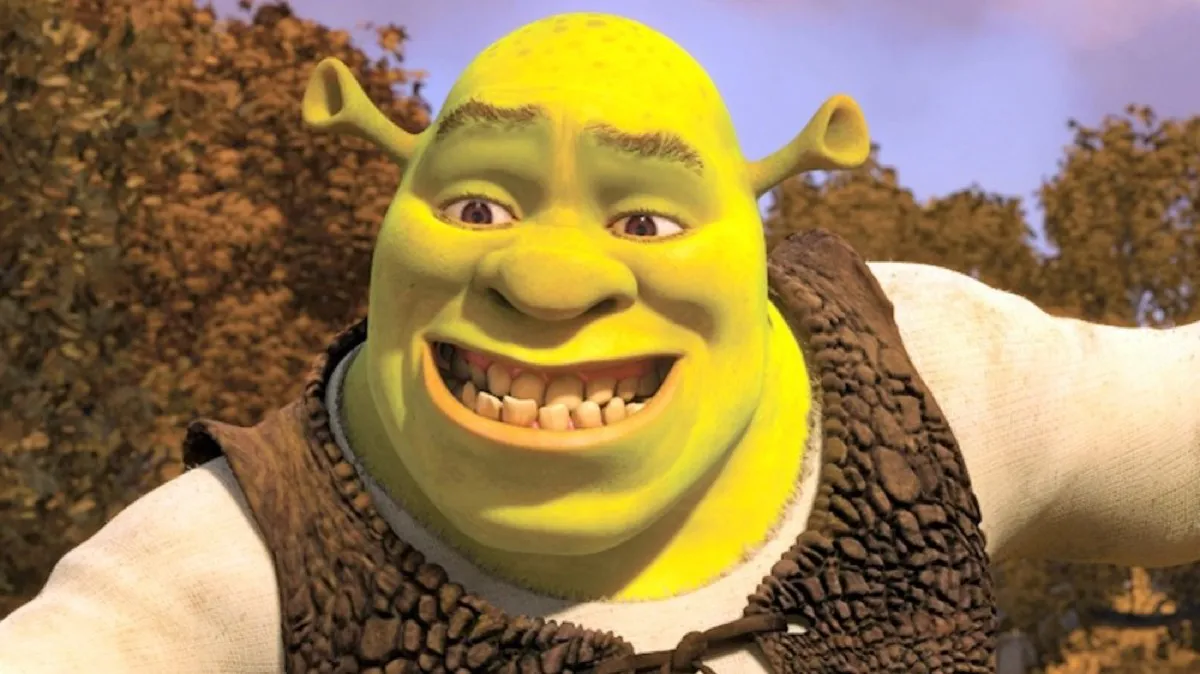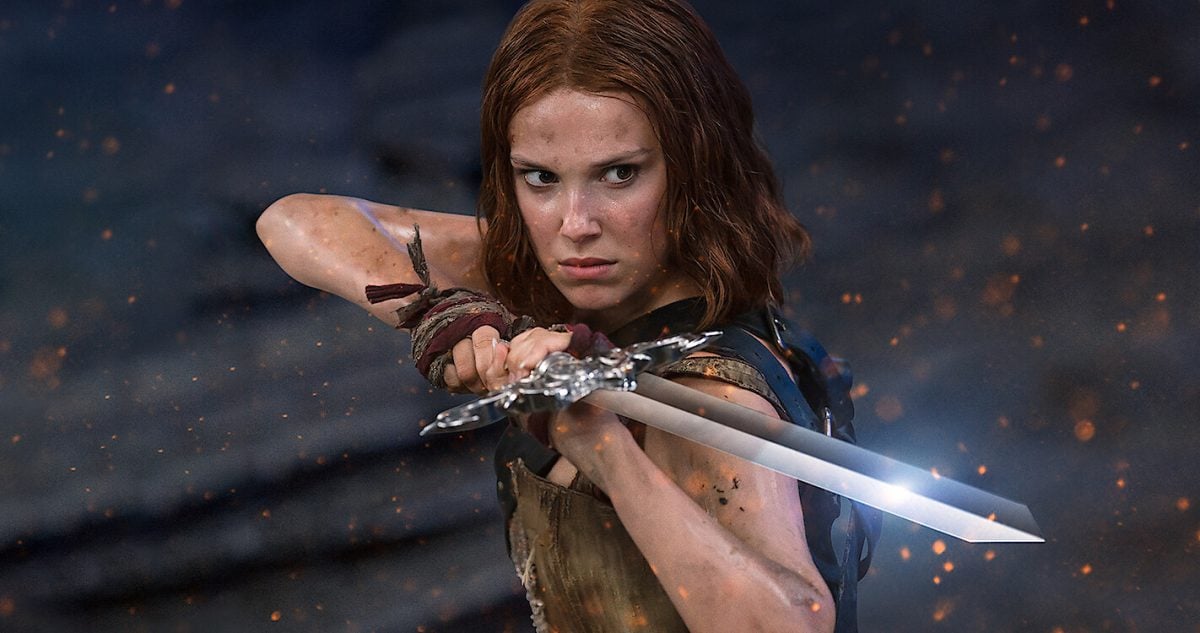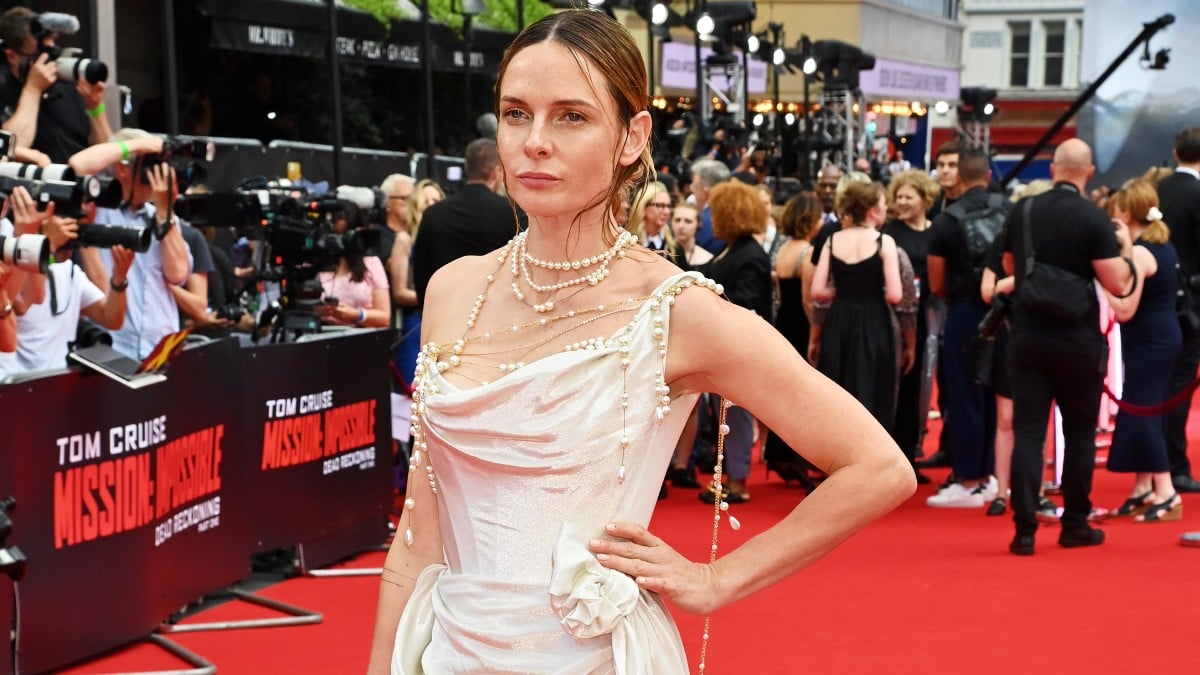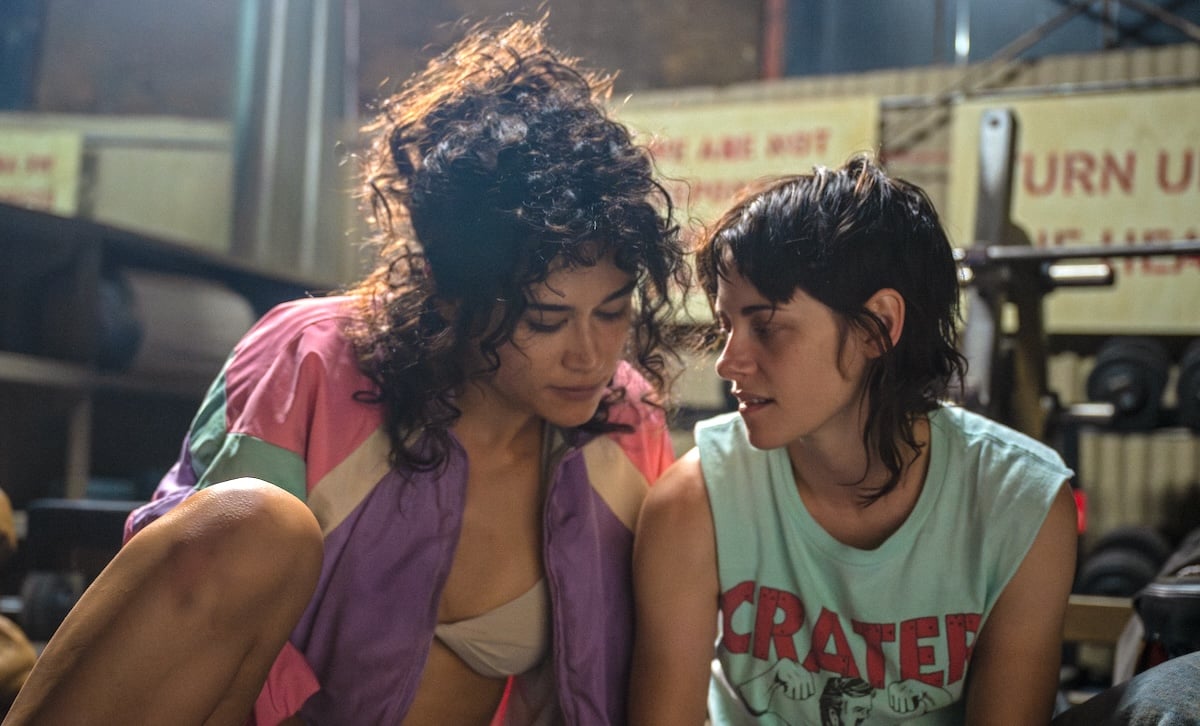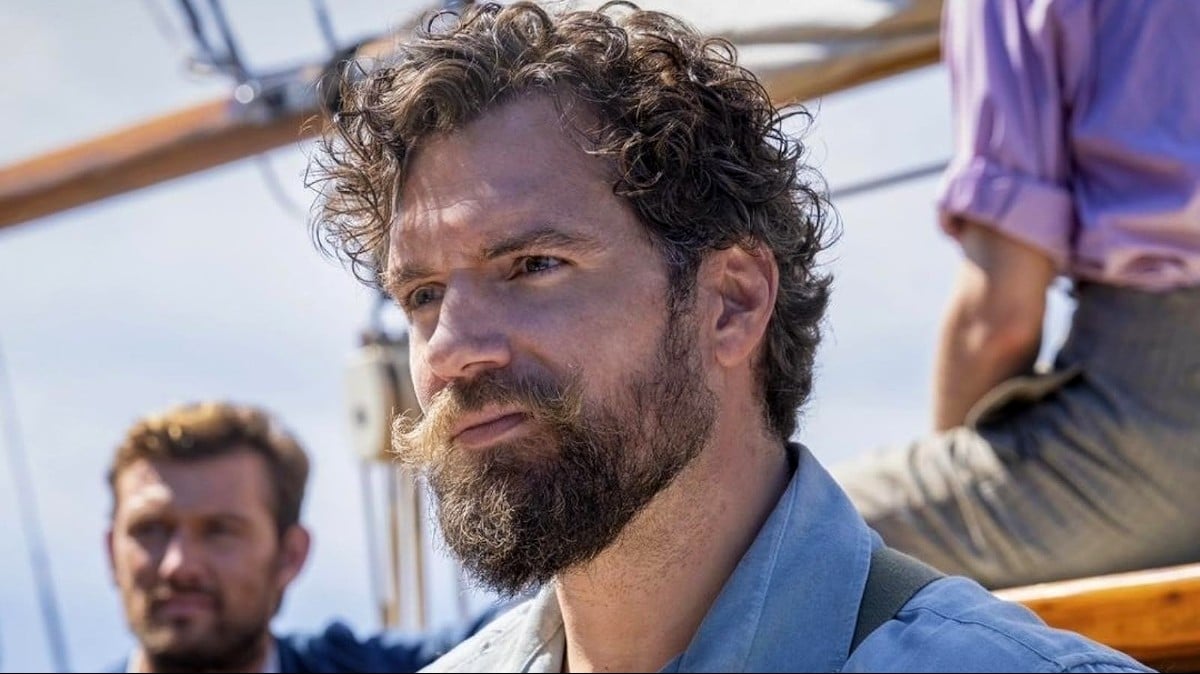The turn of the millennium was much more than the Y2k panic and the ascension of George W. Bush; it was also (and arguably more importantly) the year I turned 5 years old, but it wasn’t just me that was kicking around the liminal space between childhood and adolescence. There was an entire generation of children in the U.S. who couldn’t care less about politics or even the novelty of entering a new period of history, but we did care about Shrek.
The relatively recent advent of 3D animation and Hollywood’s burgeoning embrace of the medium hit at just the right time for us. Toy Story came out in 1995, marking the clearest departure from the hand-drawn animation style of Lion King just one year prior, and kids around the world were looking for the next movie to force our parents to memorize as we watched it for the 100th time, as kids are wont to do.
Enter: Shrek. Shrek debuted on April 22, 2001 to a country in the grips of conservatism, especially towards LGBTQ+ people. Don’t Ask Don’t Tell wouldn’t be repealed for another decade, and the new commander-in-chief would run his reelection campaign on a platform against marriage equality. In this kind of environment, it’s easy to see why children’s media wasn’t rushing over each other to create the first Love, Simon, so the queer youth of the day had to latch on to any representation they could find.
Shrek fulfilled that roll for many queer youths, even those who didn’t know they were queer yet, for reasons they might not have even understood.
Before going any further, by “queer,” I mean any member of the LGBTQ+ community who doesn’t fit the hetero, cis “norm” of the time. The term isn’t meant to exclude anyone who might not identify with it, but I’ll be using this term rather than listing each community for the purposes of this article.
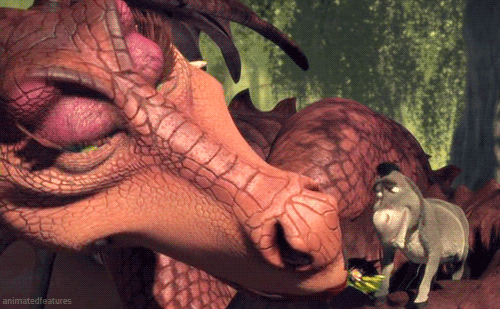
Shrek stood out to queer kids because, contrary to the the myriad stories of rescuing another princess, fighting another villain, or otherwise reenforcing the societal pillars we already knew, Shrek told a story of accepting people as they are and loving the parts of yourself that other people find monstrous. This message resonated with these kids because, while many of us didn’t know it yet, there was a huge part about ourselves that some people wouldn’t like, and it was that same part that would someday be our favorite part about ourselves.
Shrek was full of timeless memes, the best soundtrack of any movie in the 2000s, and more than enough jabs at Disney, the only other animation game in town, but it was the characters that gave life to a queer-coded reading.
Our titular hero is a recluse, angry at the world because they can’t see that he’s more than just an ogre. He’s a complex person with real emotions, a theme we see through the famous onion monologue, the ogre cosmology, and the subject of nearly every dialogue he has with his best friend (and antagonist for much of the film), Donkey. Shrek feels that his complexities are overshadowed by the one attribute that people can see, and not only does that pit him against other people, but also against himself, a concept familiar with anyone who grew up with internalized homophobia.
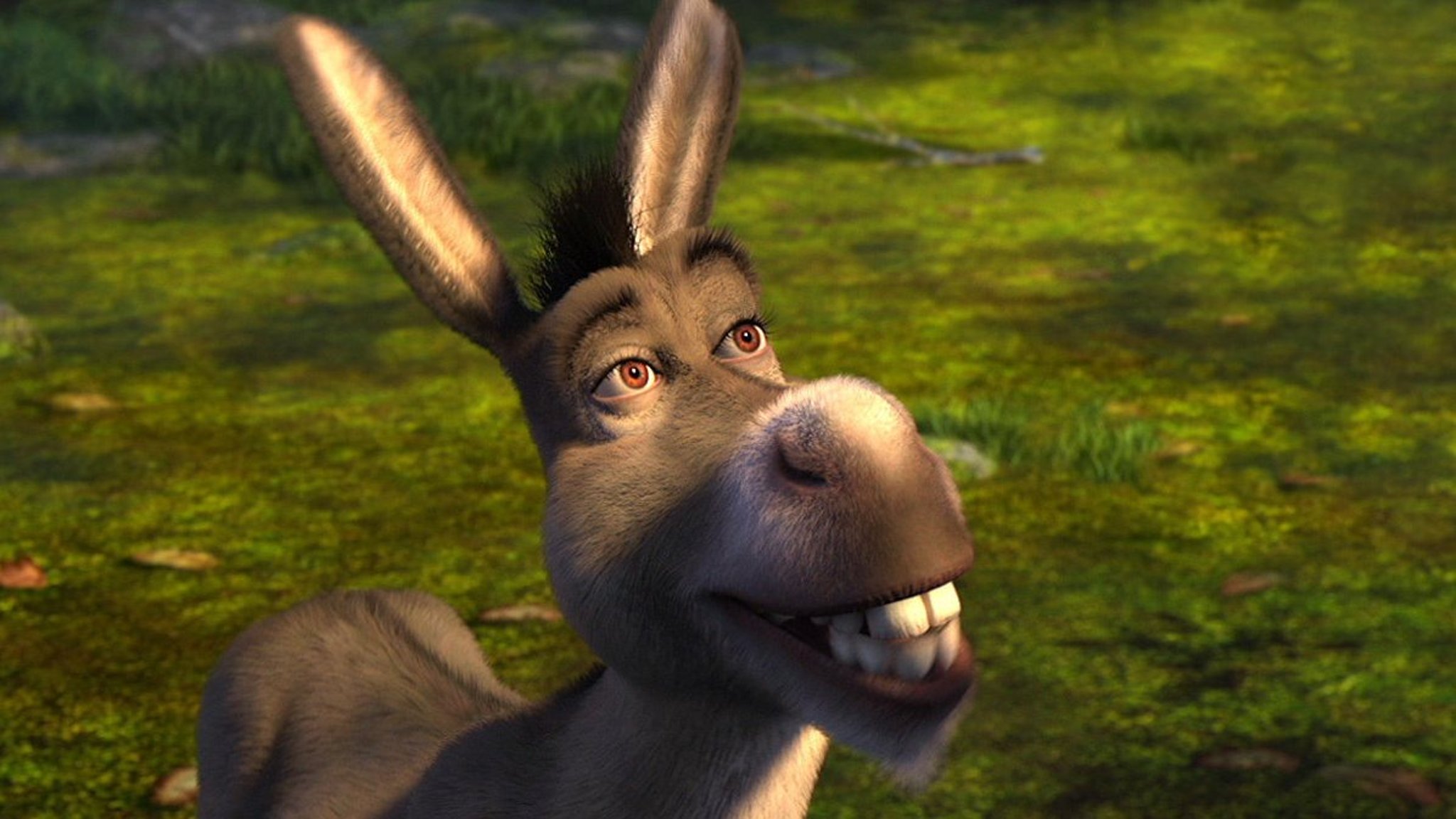
Meanwhile, Donkey, the comic relief, sidekick, and Shrek’s moral compass, learns the lesson of acceptance Shrek is trying to teach him before anyone else in the film—Shrek himself included. He comes to accept that people are more than what they’re labeled and even marries the dragon he was terrified of only scenes ago, after he sees her for who she truly is.
And then, of course, there’s Fiona. The damsel (not quite) in distress is the same kind of “monster” Shrek is, but she has the opportunity to keep it a secret in a way Shrek cannot. Anyone that was straight or cis passing understands this luxury, but knows the double-edged sword of being accepted by the people who would chase her with torches the minute they found out who she really was.
Fiona is an even more complex version of Shrek because, for most queer kids, in the closet or otherwise, hiding oneself is easy when other people are around, only transforming into a more authentic version of themselves in private.
As Shrek and Donkey escort Princess Fiona to her awaiting bachelor, Lord Farquaad (a criminally underrated movie villain), the message of the film starts to take hold. Montages are broken up by nuanced conversations about Shrek and Fiona’s lives in seclusion, self-imposed or otherwise, and how both characters found strength through self-reliance, a quality they sense and respect in each other.
But while both Shrek and Fiona preach the importance of their individuality, they’re both inwardly ashamed of themselves. Shrek confesses to Donkey that Fiona could never fall in love with “someone like him” because of the monster label he was born with. Fiona hides herself every evening and forbids Donkey from outing her once he discovers her secret, even though the person who would be most understanding of her situation was standing just outside the door.
Queer kids may not have known it then, but this was a situation most would find themselves in after finally understanding the type of people they were. Coming out is much more than forcing the world to recognize who you are; it’s accepting yourself enough that you don’t care if the villagers come with pitchforks because you aren’t just aware that they see you as an ogre, it’s the part of you they hate that makes you who you are.
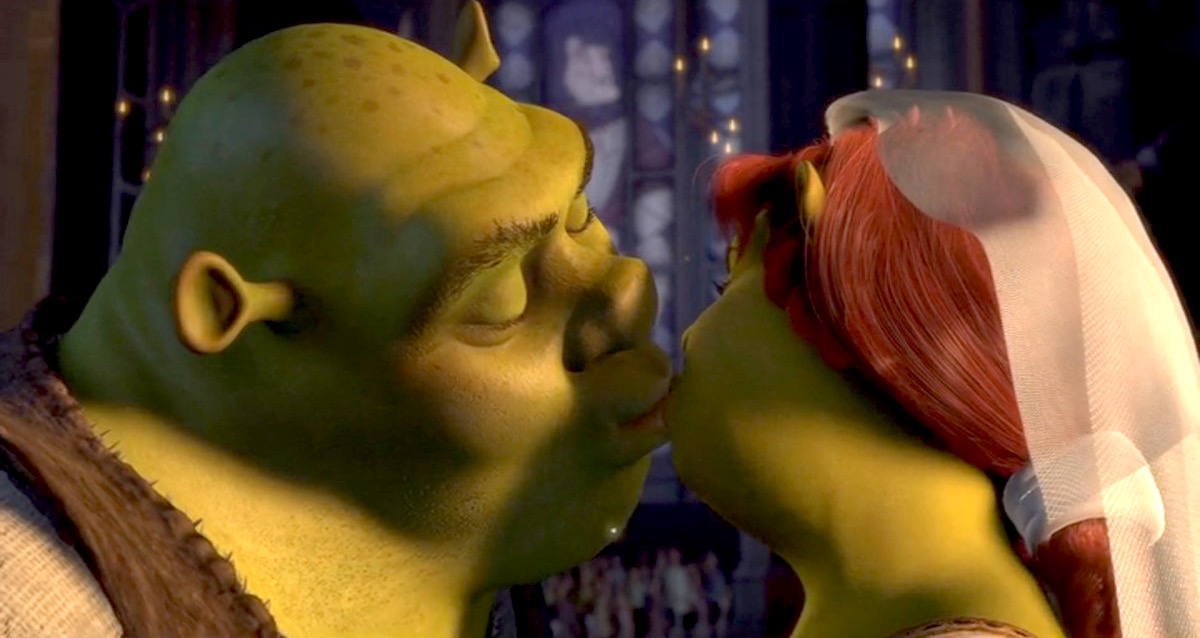
After Shrek crashes Fiona’s wedding, the climax isn’t when the dragon makes her grand appearance, but when Shrek professes his love in front of the crowd. After his journey, we know Shrek is a loner because he’s afraid of other people, not the other way around, so when the wedding guests start to mock him for accepting and proclaiming his true self, it’s even more meaningful when Fiona validates and accepts him in front of the villagers’ judgement.
After Shrek and Fiona kiss, she transforms into an ogre rather than the “beautiful” princess she’s been told she’s meant to be. Shrek meets her confusion with reassurance that her authentic self is the real beauty he sees in her. A message like this isn’t one kids were used to seeing at that time, and resonated much deeper than whatever Disney’s Atlantis was preaching the same year and is a huge reason one movie outlasted the other.
But, then again, subverting norms was the entire conceit of Shrek and what catapulted DreamWorks to critical acclaim. Instead of telling the same tired story, it gave us the personal journey of an ogre on a classic Disney adventure, while openly mocking the format as they went. The rescue was exciting without being formulaic. The love story was heartfelt without being cheesy. And most of all, the message was insightful (for more than just the children) without sacrificing any complex emotions.
As a child, confined to the back seat of the car with only the 8-inch DVD player to guide you on the emotional journey of self-discovery you couldn’t get from your non-ogre parents, movies like Shrek are some of the only ways to get this kind of guidance. Shrek is a brilliant, comical movie that would’ve succeeded on any merits, but the impact it made on queer children is something that should be discussed when we still talk about it 20 years later.
(images: Dreamworks)
Want more stories like this? Become a subscriber and support the site!
—The Mary Sue has a strict comment policy that forbids, but is not limited to, personal insults toward anyone, hate speech, and trolling.—



